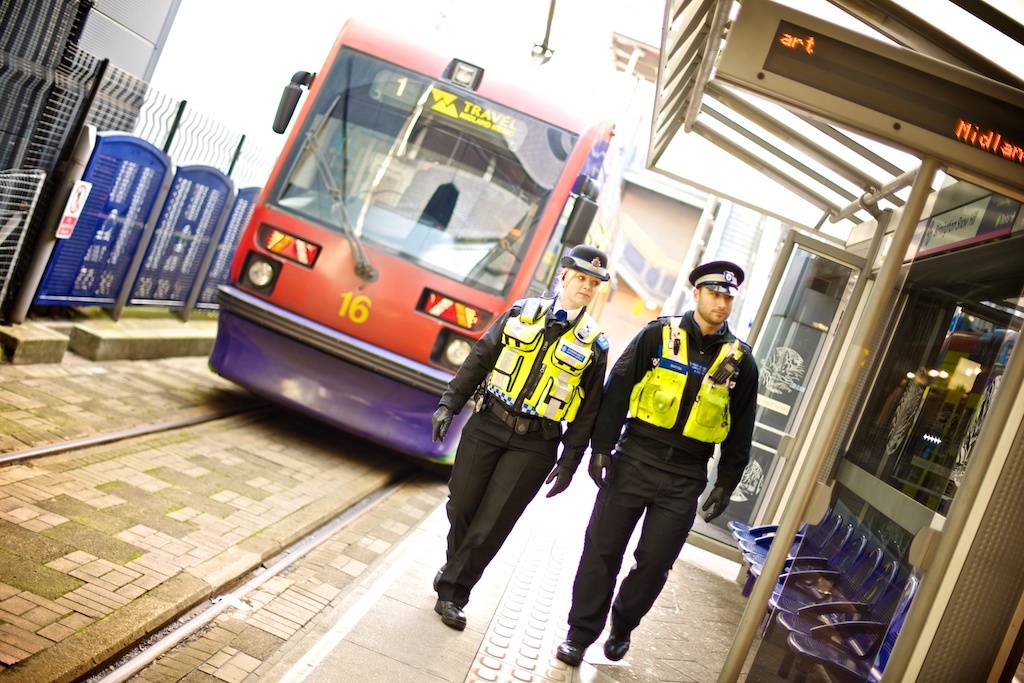by Hassan Reyes
Many institutions in this country such as the Parliament and Senate are modeled after those of the United Kingdom.
Yet, in the wake of yet another homicide committed by Toronto Police, the question must be raised about why Canada has not emulated the Police institutions of the UK.
In England, Scotland, and Wales, standard duty police are unarmed.
Former British Prime Minister Robert Peel (1834-35, 1841-46) set about to reshape the policing institutions in England to make them more accountable and amenable to the public. Peel created a set of principles for policing, which included minimal use of force, in order to make the public more receptive to the police and their functions. The objective was not to make some sort of ‘peoples’ police force, but rather a sober analysis from a conservative politician that in order to effectively police a large, poor population, there needed to be measures put in place to reduce public hostility.
Since then, most Police officers have remained unarmed. There are Authorized Firearms Officers (AFO’s) who are trained and authorized to use firearms and are called in only under certain circumstances. With 6,756 AFO’s[1], the ratio of armed police officers in the UK is 10 per 100,000 compared to 180 per 100,000 inhabitants in Toronto.
Skeptics could point to the slightly lower homicide rate per capita in London as compared to Toronto, but the overall crime rate in Toronto is much lower, with 3,131 total crimes per 100,000 inhabitants compared to London’s 10,600 crimes per 100,000.
The UK is not the only example. Japan, Norway, Republic of Ireland, New Zealand, Iceland and a smattering of smaller islands also have unarmed police.
Surely, police officers would be against patrolling the streets without firearms? Not in the case of the UK. In a 2006 Officer/Arming survey by the Police Federation of England and Wales, 82% of respondents were against the routine arming of police.
Of course, the UK Police should not be glorified as a perfect model. Between 1993 and 2005, 30 people were nonetheless shot dead by AFO’s[2]. In the aftermath of the World Trade Centre attacks, the UK Police adopted a ‘shoot to kill’ policy on the advice of Israeli and Sri Lankan security forces. This is not to mention also the role of police in the repression of Irish republican movement, trade unions (especially under Thatcher), racialized people (black youth in particular) and the poor in general.
However, what this does show is that there are other real world alternatives to giving every cop a gun and the problems that come with it. No amount of training – which Toronto Police Officers already receive in terms of dealing with a number of demographics and scenarios – will resolve the hostile, arrogant, and increasingly lethal attitudes and actions of Toronto Police.
Taking away an officer’s gun may not address the sort of attitudes that may be prevalent among officers, but it does reduce their ability to act upon them with the brutal and fatal results that we have witnessed too many times.
[1] “Statistics on the police use of firearms in England and Wales 2011-12″ . Home Office. 2011-07-11. Retrieved 2013-08-06.
[2] Robert Verkaik; Jason Bennetto (21 October 2005). “Shot dead by police 30. Officers convicted 0″ . London: The Independent.
Comments


